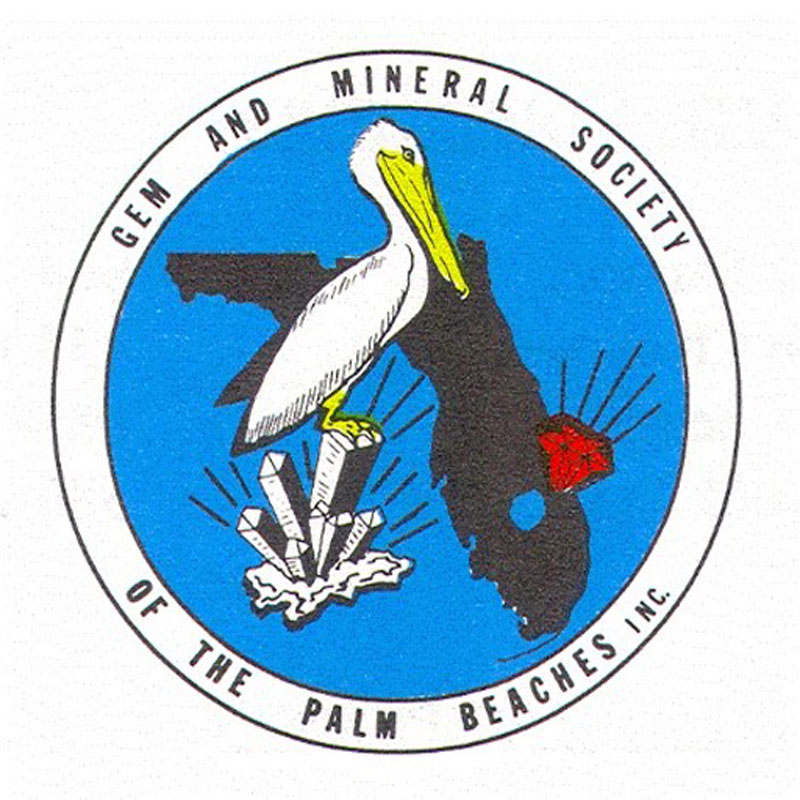Wetlands and the water table
 Gregory Cook, a Geology Graduate Student, at FAU gave a great talk on a hydrology project he is working on. The project focuses on a natural wetlands area in Boca Raton, FL which depends on the ground water level for the health of the wetlands. The study shows how the nearby City of Boca Raton wells lower the water table possibly endangering the wetlands.
Gregory Cook, a Geology Graduate Student, at FAU gave a great talk on a hydrology project he is working on. The project focuses on a natural wetlands area in Boca Raton, FL which depends on the ground water level for the health of the wetlands. The study shows how the nearby City of Boca Raton wells lower the water table possibly endangering the wetlands.
A short quote from Greg: “Pondhawk is a unique environmental challenge, since the nearby city pumping wells are constantly affecting the water levels in the wetland preserve. If we want to continue to preserve habitats in areas of intense human activity, challenges
like these will become more and more common. By understanding these effects, we can recommend to the city more
efficient ways to withdraw the water they need for irrigation and city use, and still maintain healthy wetland water
levels in the park.”
The abstract of his project is below:
“Geographically isolated wetlands (GIW’s), defined by the US Fish and Wildlife Service as “wetlands with no apparent surface water connection to perennial rivers and streams, estuaries, or the ocean,” can pose unique water management challenges due to their heavy reliance upon groundwater for viability. The study focuses on the Pondhawk Natural Area in Boca Raton, Florida, a 78 acre preserve which includes two constructed geographically isolated wetland cells within 200 meters of a municipal well field. Observations of the hydrological characteristics of a GIW over time, particularly one with changes in land use over the observed period, can help determine the impact of specific stressors, such as groundwater pumping, on the long term hydrological properties of a GIW. A groundwater flow model of the study area is in development using MODFLOW to compare flow patterns during each of the three time periods, and quantify the extent of municipal pumping’s influence upon the nearby wetland cells. Alternative pumping regimes, with temporal and flow rate variations will be simulated to develop recommended pumping regimes that minimize impact on the wetland. Interpretations from this study can be used to better inform water resource managers when designing pumping regimes aimed at minimizing impacts on an environmentally sensitive area. Data from the study may also improve the efficacy of future restoration projects involving GIWs influenced by human activities. Our presentation includes preliminary results and interpretations including water level and pumping data, as well as initial model design.”
A more detailed PDF of the project is available:
HYDROLOGICAL CHARACTERIZATION AND GROUNDWATER FLOW MODEL OF A GEOGRAPHICALLY ISOLATED WETLAND
